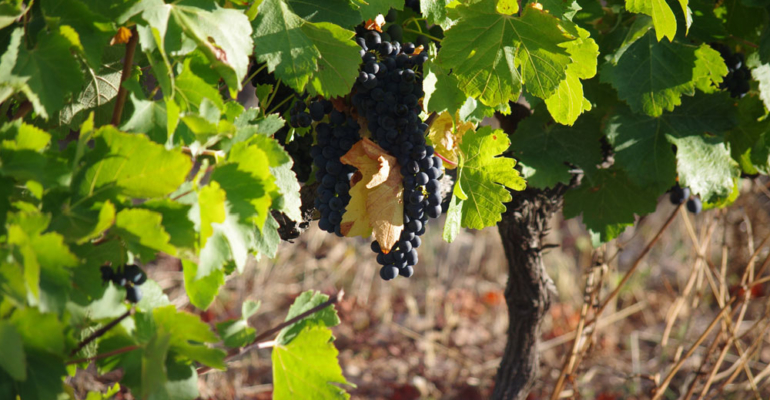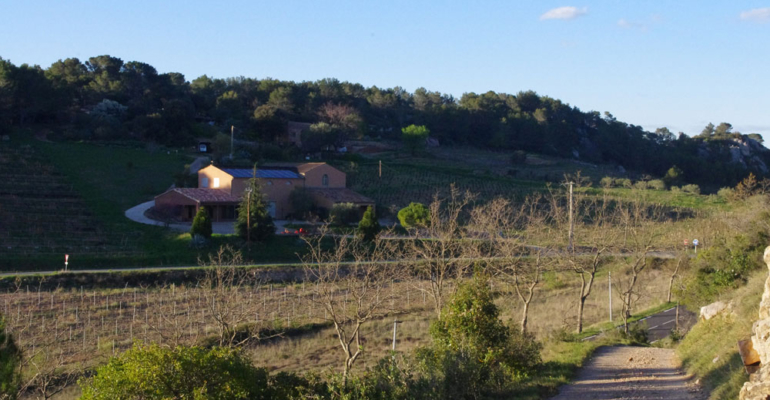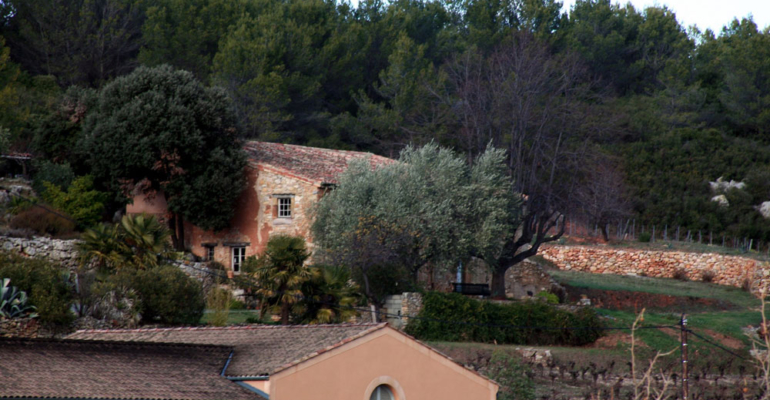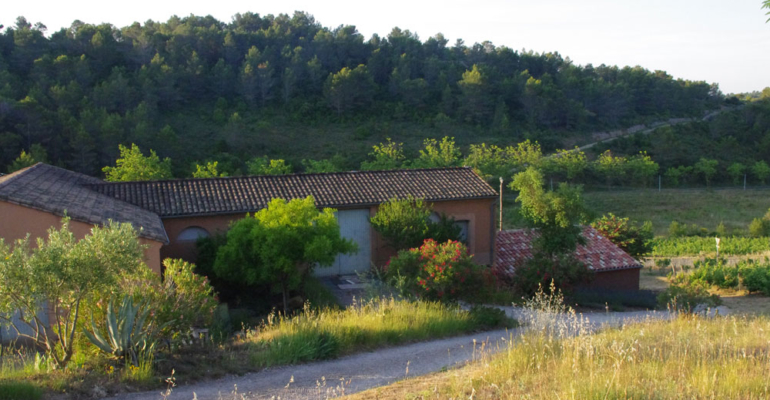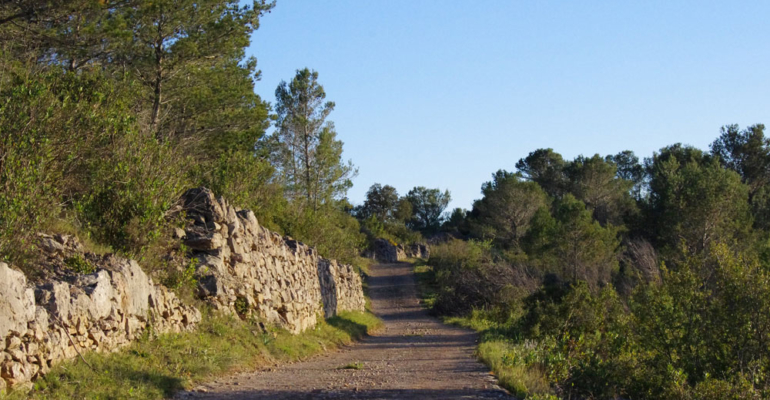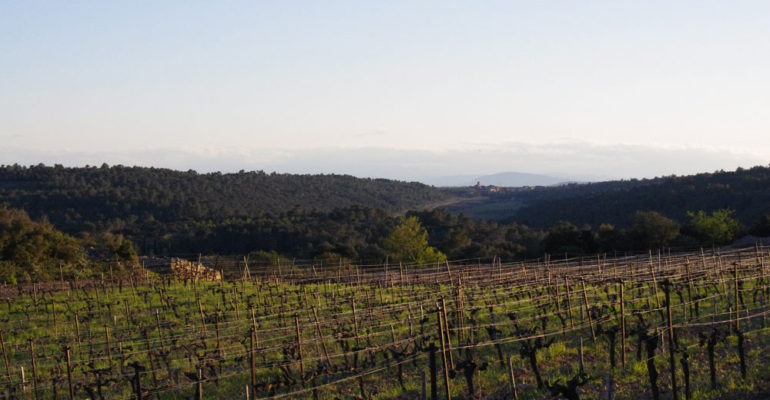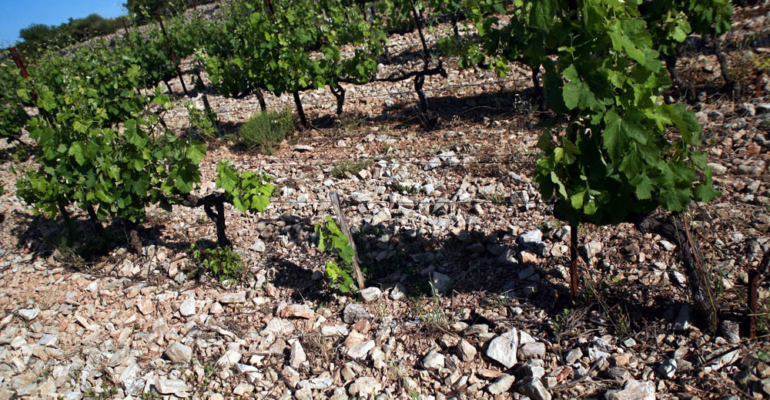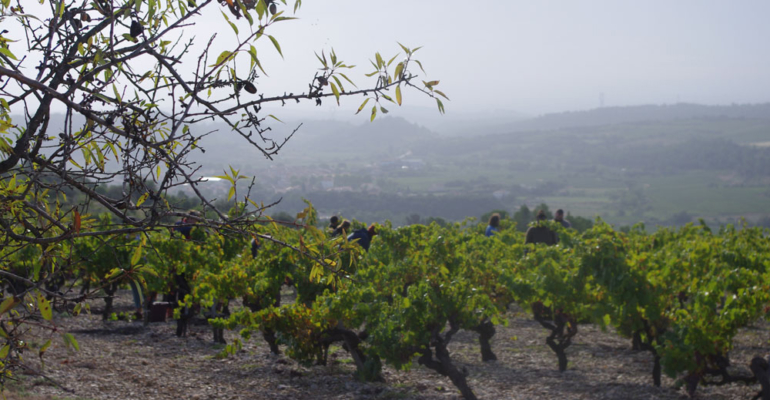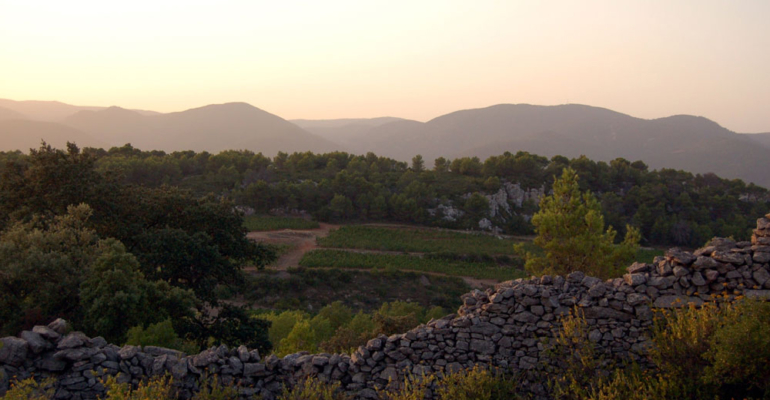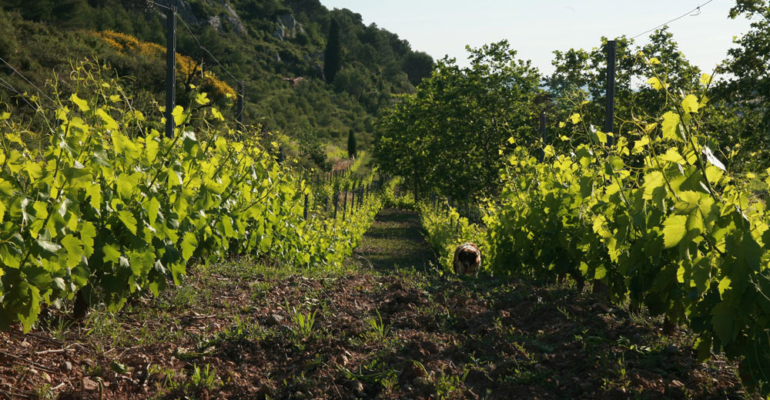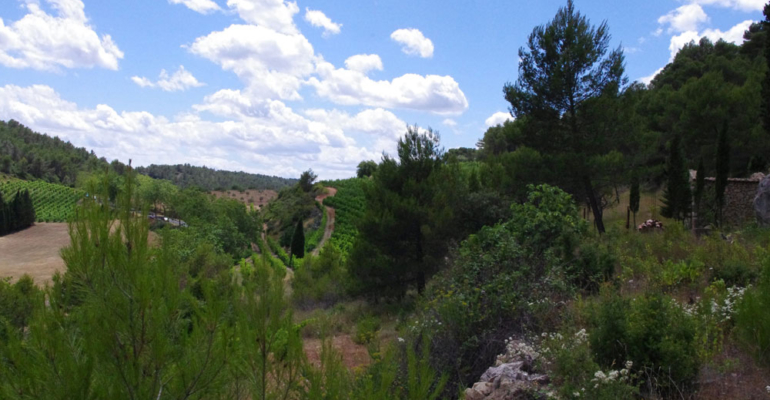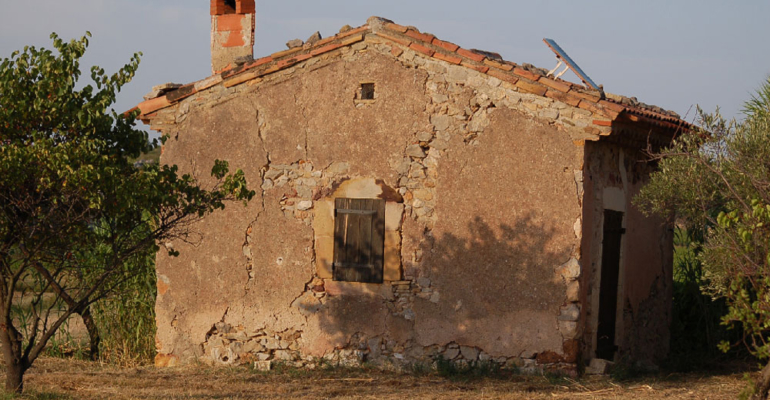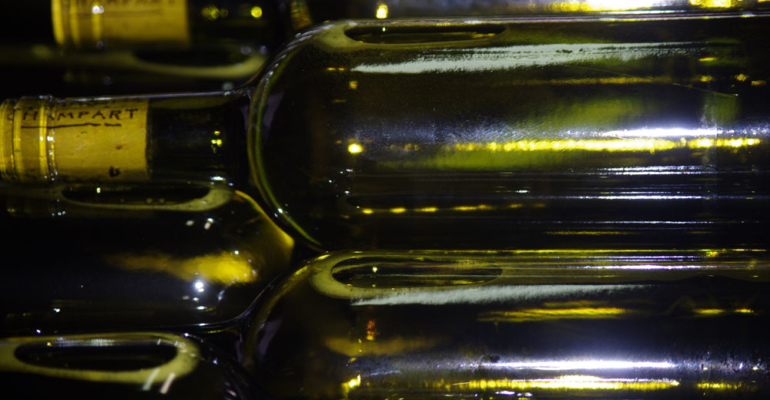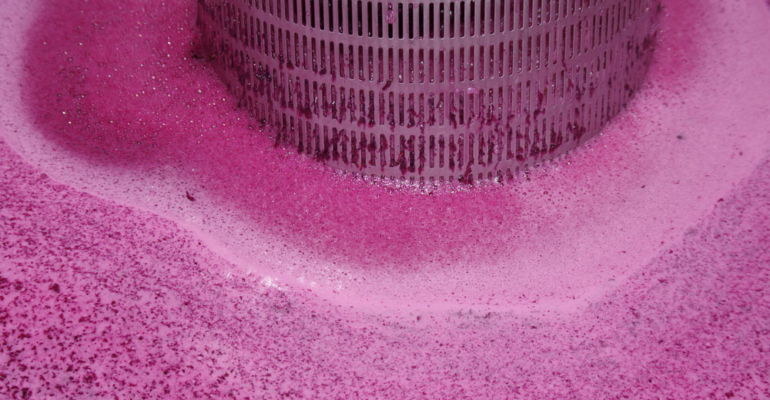Harvesting and wine making
Grapes are harvested manually in comportes (wooden buckets) or cagettes (shallow trays), and are sorted if necessary. Harvesting usually lasts over one month due to the diversity of the grape varieties and the terroirs. The grapes are brought quickly to the cellar by our sturdy pickup truck. The wine making process involves as little interference as possible, and is designed to respect the terroir and the grapes. Sulphur is used wisely and our wines contain less than 50mg/litre of SO2 in total. In 1995, after being cramped in our little cellar right from the start, we had a semi-underground cellar built, making use of the very steep slope of the land. Temperature and hygrometry are controlled. In 2015/2016 the plan to enlarge the cellar finally became a reality, allowing us to offer tasters a worthy setting.
“The aim of the meticulous work in the vineyards is to obtain healthy and well-balanced grapes.”
Further information : work in the cellars
The Whites
Due to the diversity of our white grape varieties, both early and late, we harvest the grapes at different levels of maturity. To keep aromatic freshness, the early varieties (Roussanne, Viognier) and oxidative varieties ( Grey Grenache) are harvested in shallow trays and refrigerated before being pressed and allowed to settle. The musts are treated lightly with sulphite before fermentation which occurs in vats or barrels (500l –228l). Depending on the vintage, malolactic fermentation occurs naturally after fermentation. The wines are blended in spring and bottled in the summer.
Rosé
One plot of Mourvèdre with a cold aspect and the lower section of some Cinsault vines are reserved for Rosé. This is a 95 / 100% direct press Rosé. The grapes are picked when they are less ripe than the Reds, and direct pressed. After gentle settling, fermentation is carried out with a little SO2 to encourage malolactic fermentation. The musts ferment at a temperature of around 18°, allowing the aromas and minerality of the grapes to express themselves. The Rosé is bottled in March after several months on lees.
The Reds
Our grapes, harvested when well ripened, are transported in 45 kg wooden buckets in our pickup truck and quickly arrive at the cellars, where they are destemmed and lightly crushed before being vatted by gravity. Vinification methods are determined by the terroir, and grape varieties are sometimes blended in the vat. Fermentation occurs with natural yeasts, in concrete and enamelled steel vats. We prefer soft extraction methods in order to preserve the fruit and aromatic freshness (pumping over and crushing). Vatting lasts between 3 to 5 weeks, depending on the cuvées and fermentation times.

Elevage continues in vats for the Côte d’Arbo cuvée and our PGI red for 10 to 15 months. Causse du Bousquet and Clos de la Simonette are mainly made in barrels (228l cask, demi-muids, 500 L barrels). Barrelling takes place at the beginning of November, the wines stay for 18 months in new barrels and 12 months in barrels which have been used for one or several wines. A very small proportion of barrels are renewed every year. The cellar provides the right temperature and hygrometry conditions for elevage. Blending is done gradually and ends in springtime, or after elevage in barrels. The wines are not clarified, they are lightly filtered during elevage in vats.
